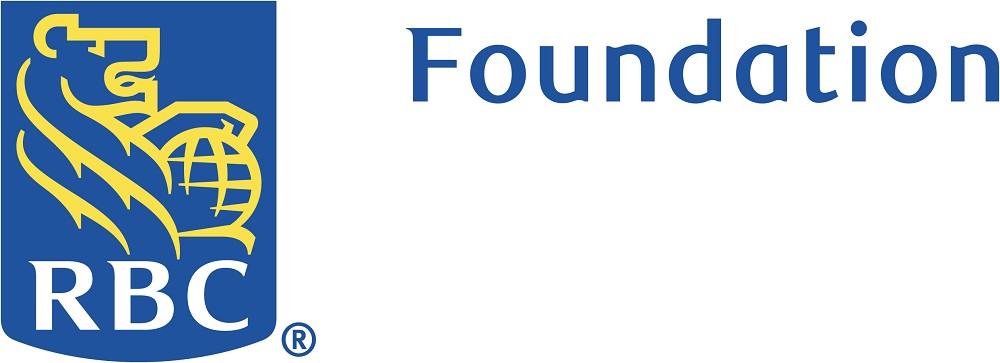Bombarded by Boards
*Ceci est seulement disponible en anglais
December 10, 2019 - Ontario is the only province in Canada to fund four separate types of school boards: public Anglophone, public Francophone, Roman Catholic and Francophone Roman Catholic. Altogether, there are 76 publicly funded school boards in the province.


The current provincial government seeking to improve efficiencies in the education system, including asking school boards to find savings of four cents for every dollar. Many schools in rural Northern Ontario are half-empty as enrollment rates remain marginal or in some cases, decreasing. There also is talk of merging some regional school boards, which would expand the geographies Northern Ontario school boards cover and reduce local representation. However, there is a better way to find savings: consolidate the public and catholic school systems. To do so would eliminate the duplication (and sometimes quadruplication) of educational delivery.
A 2012 study conducted by the Federation of Urban Neighbourhoods of Ontario found the province could save around 165 million dollars if it merged all Catholic District School Boards (CSDB) with their public school counterparts (Fig. 1). Almost 18 million of these dollars would be saved in Northern Ontario if this were carried out. Below are the calculated savings if the CSDB’s below were to be “discontinued with the elimination of their grants for school board administration and governance.”
The study also analyzed the enrolment numbers and “utilization of school facilities” for the public and Catholic French-language school boards. Based on the findings, Phillips (2012) states that there certainly is a logic in merging some boards without compromising educational opportunities based on those two factors. However, there are further questions such as the Catholic education piece that would need to be discussed. As well, other factors may have shifted or come into play since the study was first released.

Of course, like any issue, there are certainly reasons against the merging of school boards, one of which is that there could be job losses given the blending of staff. Second, some families may seek an educational option for their children that aligns with their personal beliefs. Third, as noted previously, there would need to be significant discussion over the Catholic education piece and its delivery. A final and related point is the Constitution.
Only one thing standing in the way: The Constitution
Section 93 of the Constitution entitles Ontario Catholic schools to public funding and sole control over denominational education and has held up in numerous constitutional challenges in the Supreme Court.[i] However, both Quebec and Newfoundland and Labrador were able to amend section 93 of the Constitution and eliminate their denominational school systems.[ii] Newfoundland and Labrador held two provincial referendums on the matter and in 1998 passed legislation that gave the government exclusive control over education. The change saves almost 47 million dollars a year.[iii] Ontario could proceed by first holding a referendum or follow in the footsteps of Quebec and create an exception to Section 93.
Merging English school boards and some francophone boards could ensure continued representation for regions, maximize school facilities, and produce a significant amount of monetary savings that could be better allocated to students rather than overhead costs. It could also help prevent school closures in rural areas, often characteristic of Ontario’s North as the school-age population will not be split between four different school boards. A merger of school systems could also serve to retain some elements of Catholic education. For instance, religion could continue to be offered on an optional basis thereby giving students access to the same educational experience offered in Catholic schools. Ultimately, the amalgamation of the four systems into two could serve to reduce quadruplication and eliminate spreading the education funding so thin.
[i] Dawn Zinga. “Ontario's Challenge: Denominational Rights in Public Education.” Canadian Journal of Educational Administration and Policy 80 (2008): 26-27.
[ii] Ibid, 32
[iii] Savings in 1995 were estimated at 30 million. This calculation is adjusted for inflation.
Jessica Bevilacqua was a Summer Policy Analyst at NPI.
Thank you to our Experience North Sponsor 
Le contenu du Puces Politiques du Nord est pour l’information et l’utilisation générales. Les vues exprimées dans ce blogue sont celles de l’auteur et ne reflètent pas nécessairement les opinions de l’Institut des politiques du Nord, de son conseil d’administration ou de ses partisans. Chaque auteur assume toute la responsabilité quant à la précision et à l’intégralité de son blogue. L’Institut des politiques du Nord ne sera pas tenu responsable d’une erreur ou d’une omission dans cette information, ni d’un dommage causé par l’exposition ou l’utilisation de cette information. Tout lien vers un autre site Web ne signifie pas que l’Institut des politiques du Nord est d’accord avec le contenu de ce site, ni qu’il y assume une responsabilité.
L’Institut des politiques du Nord vous invite à lui faire part de vos observations et commentaires. Cette rétroaction ne doit pas dépasser 500 mots. Nous ne publierons aucun commentaire comportant des propos obscènes, désobligeants, haineux ou menaçants. Évitez le hors sujet en vous assurant que vos commentaires concernent les thèmes abordés dans ce blogue. Si vous présentez une réfutation ou un contre-argument, veuillez fournir des sources et des éléments de preuve. L’Institut des politiques du Nord se réserve le droit de refuser les rétroactions et commentaires transmis à www.northernpolicy.ca qui contreviennent aux présentes directives.
